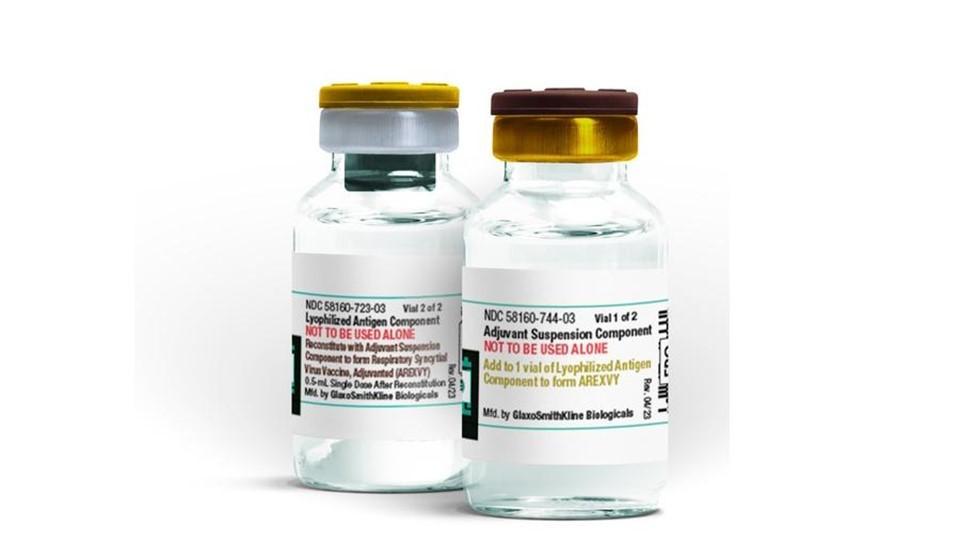How digital media support a customer excellence strategy

In our digital and social media themed month, Dr Candice O'Sullivan of Wellmark explores the importance of digital media in the pharmaceutical industry.
Most pharma companies pursue growth via one of two strategies:
1. Increasing market access through customer excellence
2. Driving new product innovation through scientific excellence.
As the era of the blockbuster drug becomes a distant memory, many companies are focusing their efforts on the former strategy. This is particularly true in the primary care setting where doctors often face a multitude of drug choices for treating highly prevalent, chronic conditions such as diabetes and cardiovascular disease. When doctors are faced with comparable efficacy and safety claims, brand differentiation by 'non-pill' means can be an important determinant of sales.
By definition, a customer excellence strategy is a services marketing strategy; success relies on the ability to better satisfy customers (and, in turn, their customers) by providing services that create and deliver value. Within a pharma marketing context, these services are offered with the aim of extending pharma's contribution to disease management beyond the pills it sells.
As such, they typically represent patient-centric initiatives designed to enhance patient care and rates of self-management through effective patient support. Improved adherence to medication and positive lifestyle modification – in response to program services like in-home infusions and self-injection training, call-centre support, and disease information – benefit doctors and hospitals by reducing demands on their time, freeing up physical resources such as bed space and improving health outcomes.
"Within a pharma marketing context, these services are offered with the aim of extending pharma's contribution to disease management beyond the pills it sells."
However, the potential benefits of these programs to doctors can be offset by a complex user experience. Regulatory and legal restrictions demand that such programs maintain high levels of documentation to protect against potentially litigatious matters like consent and privacy. But when a doctor is confronted with reams of red tape, these programs can be perceived as more work than they're worth.
The reality is that, to effectively engage doctors, programs like this must be painless from an administrative perspective. But this represents a real challenge for an industry that has not grown up with a service mentality. Pharma's bread and butter has long been the product-specific dimensions of efficacy and safety, not service-related intangibles like convenience, flexibility, efficiency and seamless logistics.
But pharma's business model is changing, and so too must the way it seeks to support the market.
An obvious answer to this service delivery challenge is the integration of digital technologies into program design. Relatively speaking, pharma has been slow to embrace newer technologies, but the strategic imperative to surround the pills it sells with market-differentiating services is one way that 'digital' could better position pharma to deliver on its growth strategy. Digital tools enable customer service innovation, which underpins customer excellence.
To this end, traditional service industries represent useful exemplars for pharma.
Consider the airline industry. In this highly competitive market, superior levels of service and amenities that serve an unmet, latent need can and do deliver very high levels of customer loyalty. The option of checking in online and printing a boarding pass at home was just the start of a wave of self-service technologies that made the process of transiting through an airport much more efficient. Now, depending on the airline, travellers can print their own bag tags, check luggage, self-board and use electronic applications during flights. All of these changes have been introduced to improve the quality of the passenger experience in a highly differentiated way.
"But pharma's business model is changing, and so too must the way it seeks to support the market."
There are clearly opportunities for pharma to dramatically improve the way it delivers its new service offerings. Rapidly increasing customer expectations, across every sector, demand that pharma invests more in understanding how it can better deploy and use technological advancements to improve the way doctors (and patients) interact with its growing portfolio of support and educational programs – and, as a corollary, its brands.
To an extent, the industry is already responding to these demands. The following are just a few of the ways pharma is using technology to advance the quality and type of services it offers:
• Online doctor/patient enrolment and drug ordering
• SMS appointment/dose reminders
• Custom-designed apps that track a raft of disease parameters and enable doctors to download or request reports
• Patient education websites
• Virtual nurse support via Skype and Facetime.
But if these programs are to become a truly valued extension of a doctor's own services, pharma will need to keep finding new and different ways to apply digital technologies – such that there is a seamless interface between the services offered by medical and pharma providers.
The pharma industry is no stranger to product innovation. But if customer excellence is the key to incremental growth, pharma must also embrace the principles of service innovation and the role that newer technologies can play in driving it.
About the author:
Dr Candice O'Sullivan is Director and Head of Strategy at Wellmark, a creative agency with specialist expertise in healthcare communications and pharmaceutical marketing. Formerly a medical practitioner, Candice began her agency career as a technical writer developing medical communications for healthcare professionals and patients. She has since spent the better part of a decade developing and implementing marketing communications and brand strategy for some of Australia's leading corporations and local affiliates of global pharmaceutical companies, including Bristol-Myers Squibb, GlaxoSmithKline, Gilead, Celgene, Ipsen and CSL. Her current focus is on the delivery of high-level strategic insights that lead to the development of truly effective communications that support and advance her clients' strategic objectives and brands. She often works with brands from the time of launch, developing brand and communications strategy and planning tactical programs (and their creative execution) across the entire product lifecycle. She designed and developed Australia's first pharma-sponsored home infusion program to support the local launch of a biologic agent requiring monthly intravenous administration for ongoing maintenance of a chronic disease. Now in its eighth year, the program continues to represent an exemplar of best practice locally. Candice has since led the development of numerous patient support programs for some of Australia's leading pharmaceutical brands.
For more information, please visit www.wellmark.com.au or email hello@wellmark.com.au. You can follow her @candicepill and @wellmark_health. You can also find Candice on Google+.
Closing thought: How can pharma adopt a service mentality?












